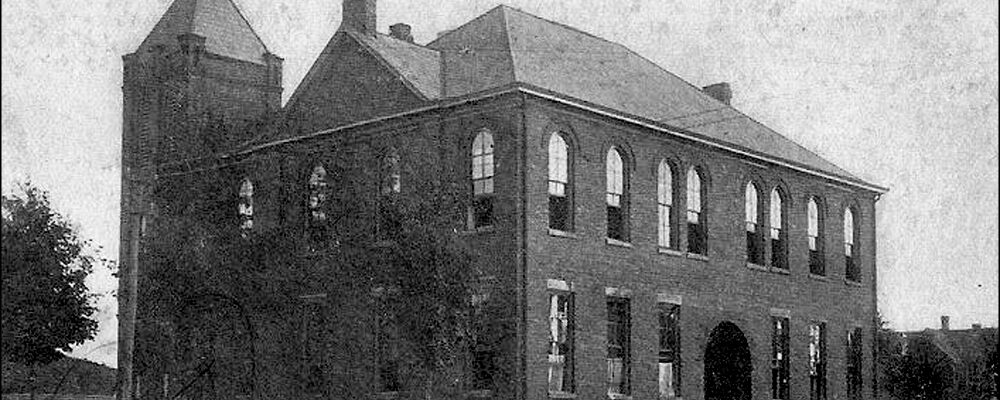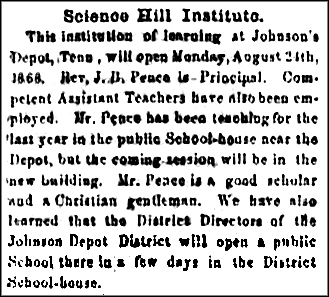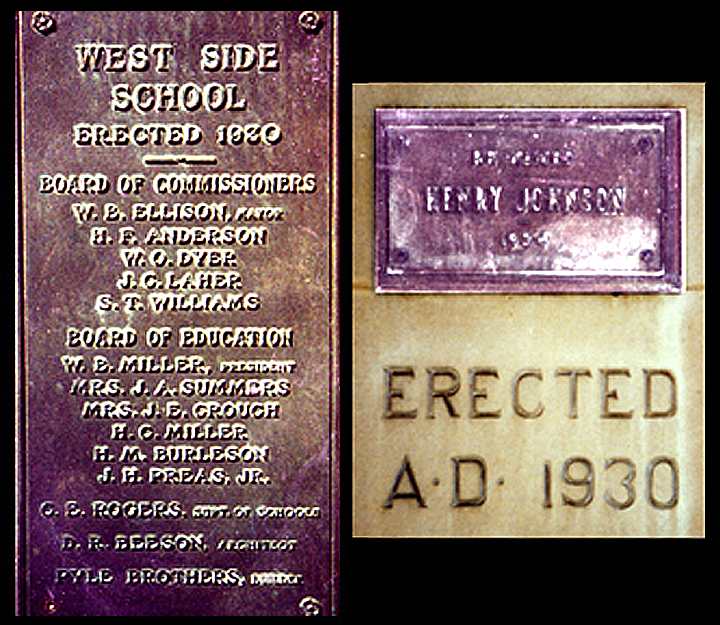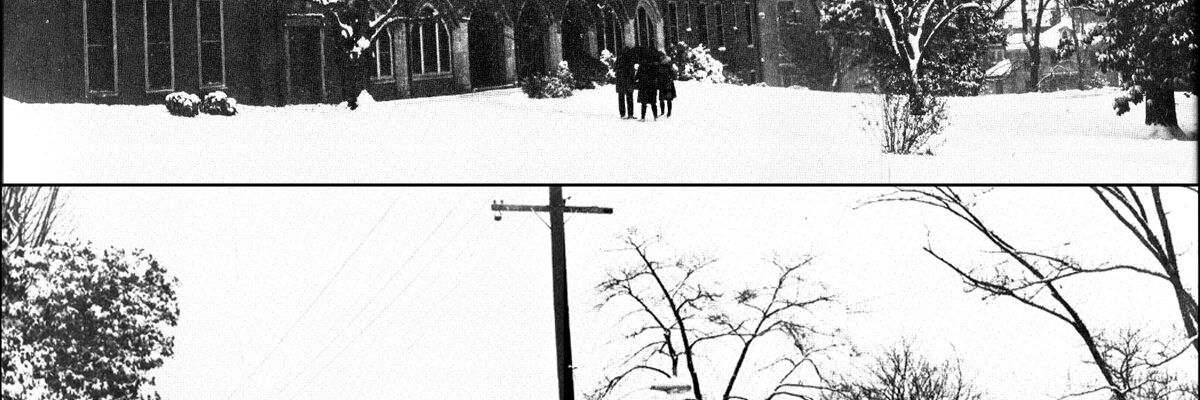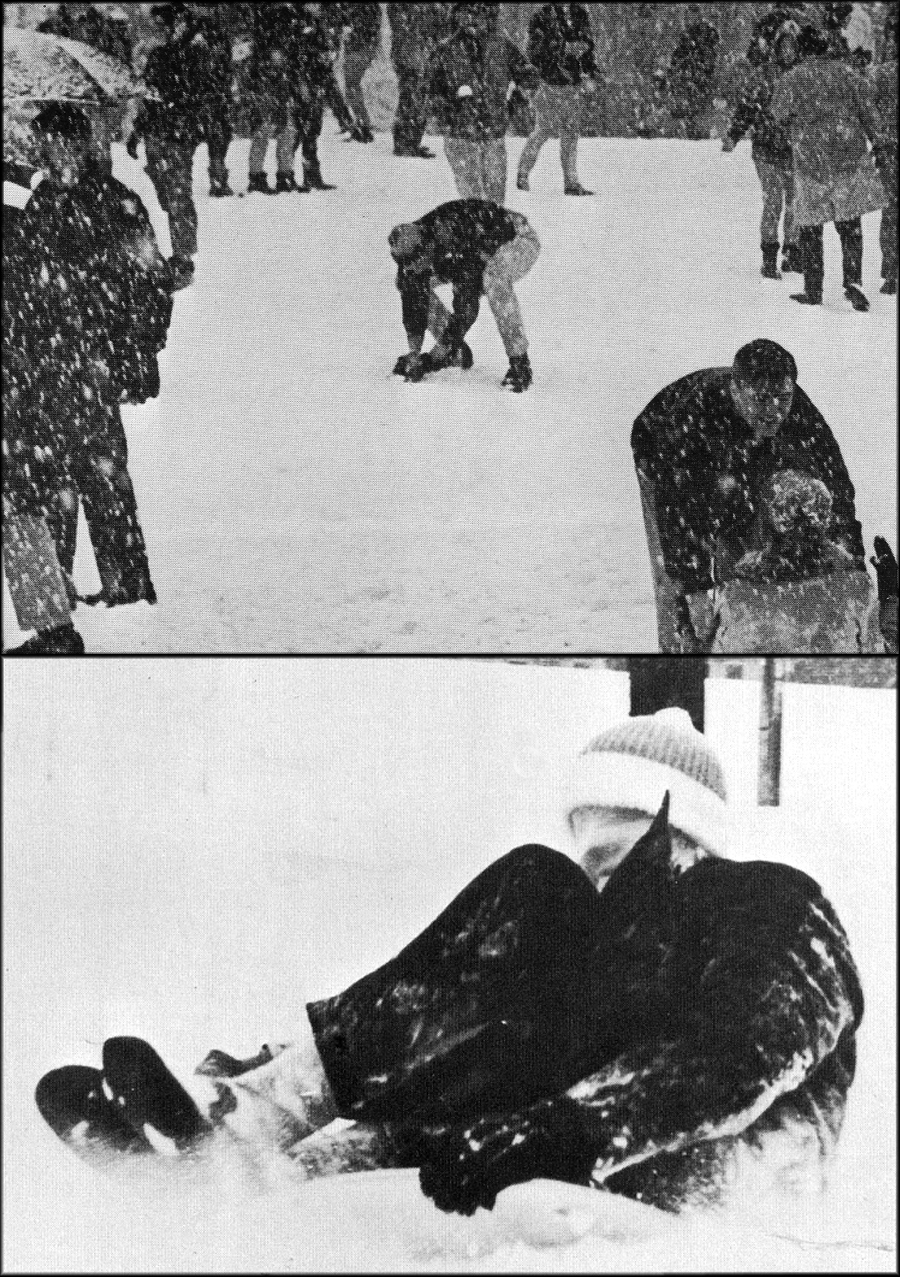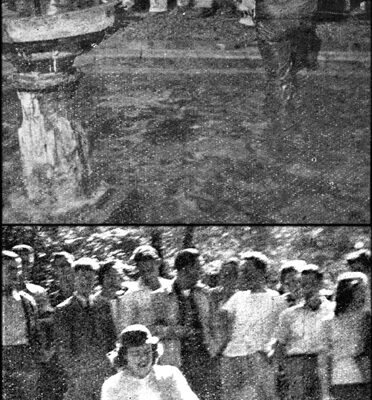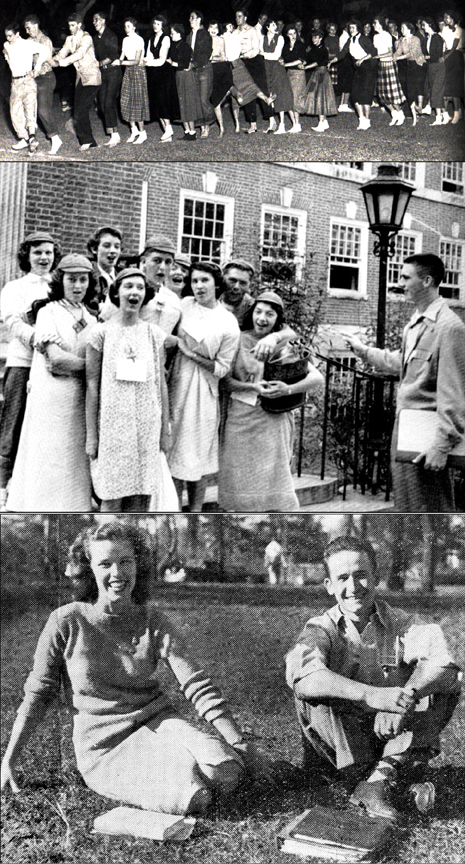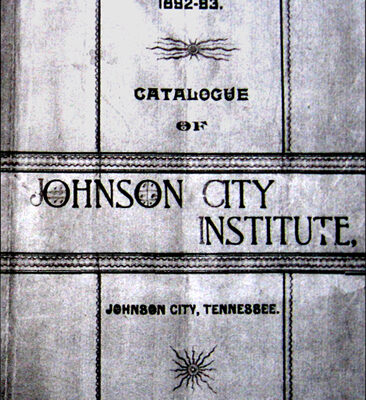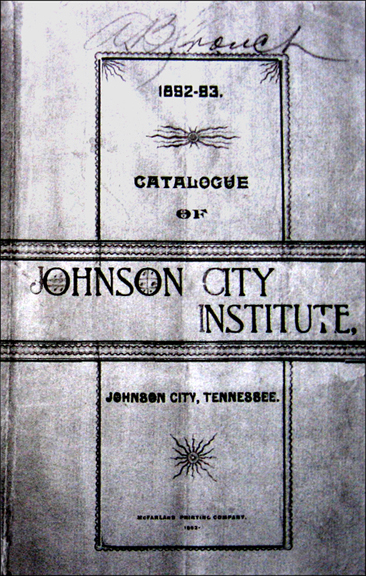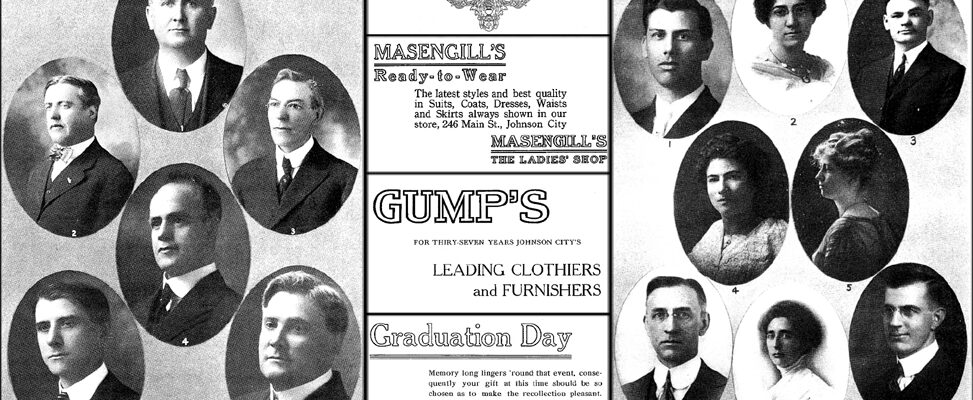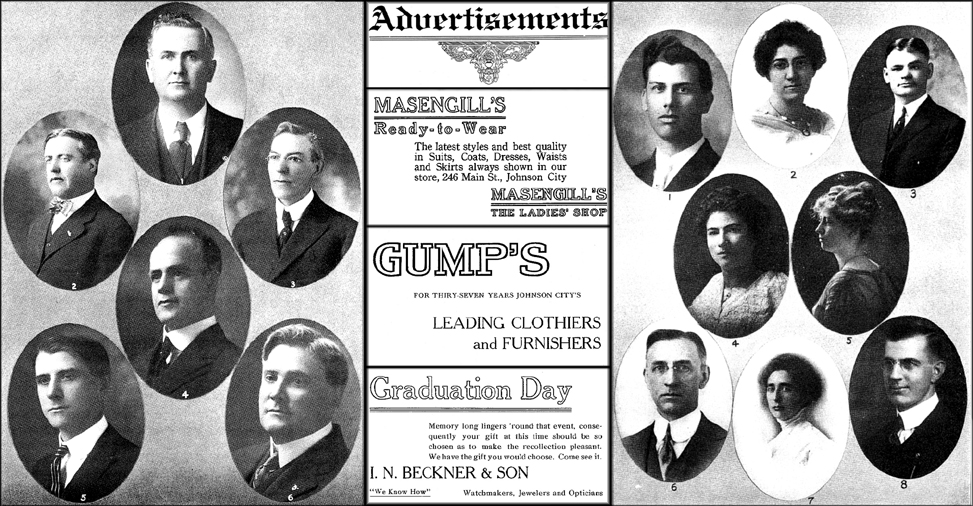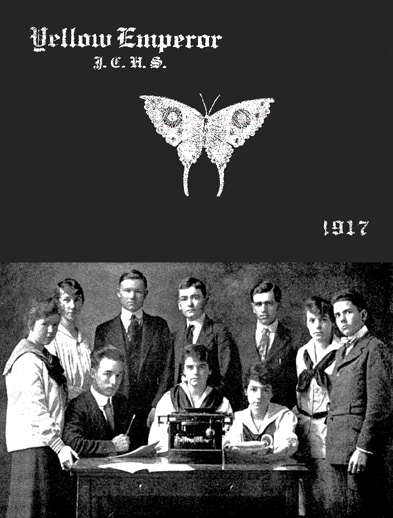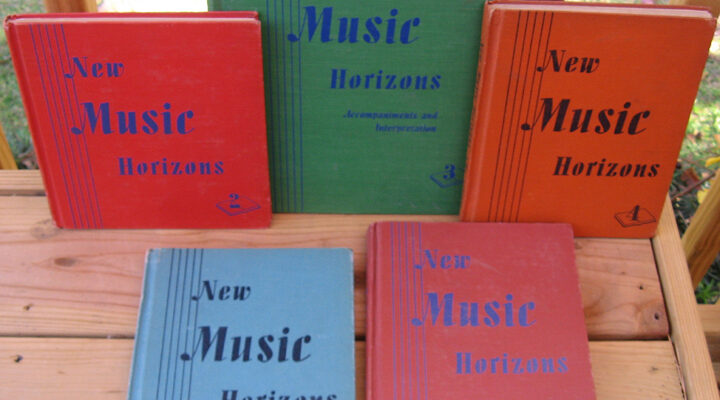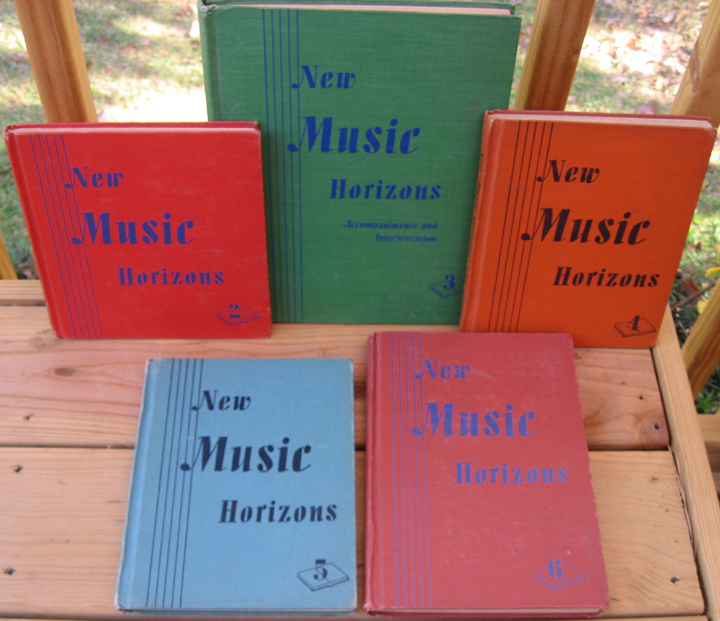In May 1891, local newspaper had encouraging news for residents of Johnson City; they were about to acquire two new grammar schools in an effort to reduce age and overcrowded conditions of existing ones.
“We are glad to announce this morning,” said school officials, “that the work of the committee on two new school buildings has been completed, sites secured and designs accepted for the two buildings. All that was left was to proceed immediately after the Aldermen accepted a bid for construction.”
In the consensus of the public, the committee demonstrated outstanding work and made excellent selections. Although residents admitted that the committee was a bit slow in bringing the schools to fruition, they acknowledged that there was no reason to complain further about it. The new education facilities were truly model structures of that pre turn of the century era.
The pronouncement was made to build Columbus Powell School at the corner of Roan and Pine streets for students living in the eastern portion of the city and Martha Wilder School at New and Myrtle for students residing in the northern part of town. The addition of two new modern schools would address congested concerns.

Martha Wilder School as It Appeared on Myrtle Avenue and in 1891
Columbus Powell was constructed at a cost of $7,500 while Martha Wilder was a bit higher at $10,000. Initial plans called for two smaller schools on the north side of town, but was later changed to one larger school, hence the added cost.
The proposed location for the larger building put it equally convenient to both parts of the city. Both buildings had stone foundations with walls of brick. It was but a very short time before work began and it was hoped to have them ready for use before the following year's school season concluded. They accomplished their goal.
Turning the clock ahead two years found the two schools conducting commencement exercises. Each was described as being of a most interesting and entertaining nature and reflected great recognition, not only for students and teachers but also on the city as well. The closing exercises proved to those present that the educational expenditures were definitely well worth the investment.
Exercises at Martha Wilder School began at 1:30 p.m. and continued for several hours. The program, which was varied and altogether well-arranged, was rendered in each particular discipline in a most satisfactory and enjoyable way. Exercises were consequently executed and were described as being excellent such that the participants could be proud of their efforts. The occasion, burnished with bright faces and sweet smiles, enlivened with merry chatter and pretty songs, was one well worth attending and the few hours of which were undeniably pleasantly and well spent.
Carefully prepared exercises at Columbus Powell commenced at 7:30 p.m. with the invocation by Rev. K.C. Atkins. To say that the exercises were well-attended faintly expressed it; the building was packed with interested parties. Following this were songs, the recitations and declamations, each rendered skillfully if not artistically.
On Monday, June 16, 1898, the Board of Education met in the old Science Hill school building on Monday, June 16, 1898 to, among other business, elect the following teachers for the incoming year:
Columbus Powell (W.P. Crouch, principal): Misses Clara Cloyd, Kate Simpson and Laura King.
Science Hill (S.O. Brown, principal): Misses Bessie Stanley, Lena Anderson and Kathlene Reeves.
Martha Wilder (S.A. Crocket, principal): Miss Nora Cuningham and J.E. Crouch.
One noteworthy change occurred. The office of superintendent was eliminated and a principal was selected for each school, with each one being managed independent of the others.
The early 1930s would usher in three new grammar schools: A new Columbus Powell School, with the same name, would be built on the old site. Martha Wilder would give way to Stratton on a new site and a new West Side would built to the west of the old one would eventually be called Henry Johnson School.
